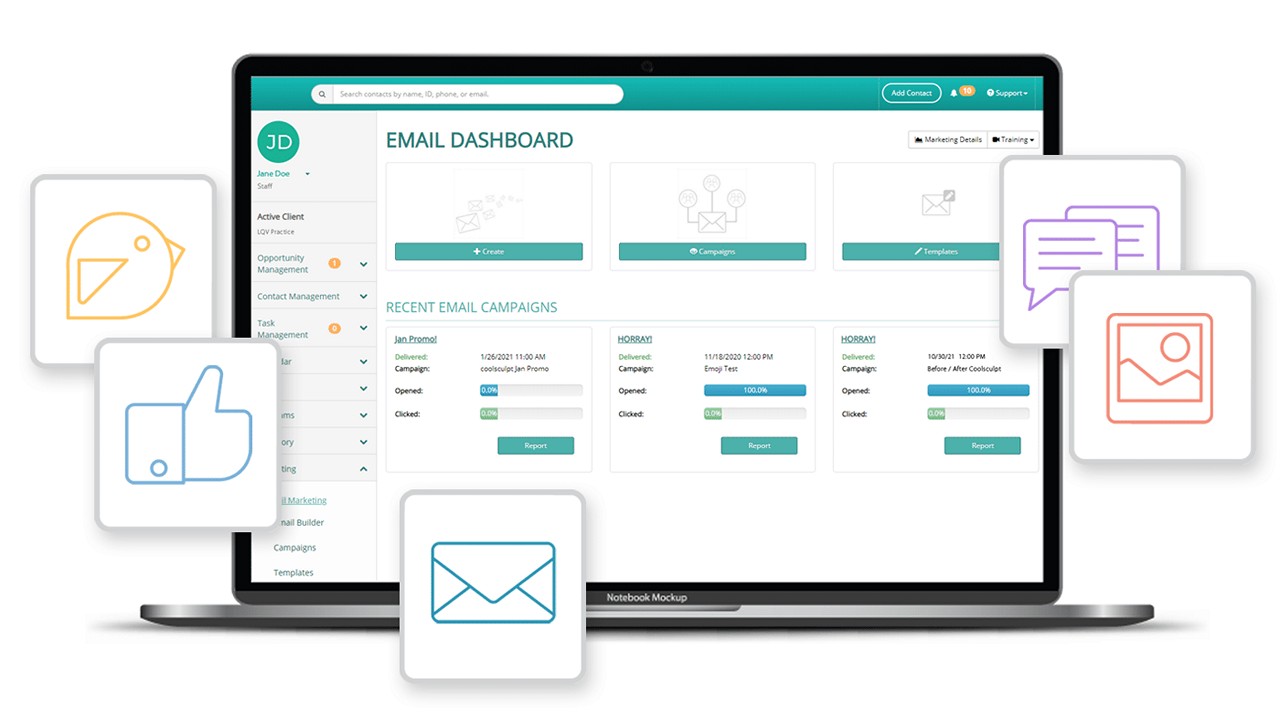Many medical firms and companies are combining their expertise with new technologies to cope with a preference for speed and convenience. Some factors like the Covid-19 pandemic have forced a change in such important fields. This has forced doctors and nurses to sit shoulder to shoulder with elite programmers, user design, and interface specialists to come up with apps and patient self-scheduling software to address certain issues.
Guide your patients to a doctor

Technology has made this process easier. With the presence of reviews, it is easy for a patient to assess which kind of software or application to choose from. People are social beings and will have a bias towards what people say in reviews.
Any medical practitioner needs to protect their reputation. As a qualified physician, be sure to leave your details on popular websites like Yelp, Healthgrades, and Vitals. The internet has turned into a source for health information. It is important to service this need. Make sure your practice’s website is clear, detailed, reliable, and has easy-to-read information for potential clients and patients. It is possible to amp your services through word of mouth.
The option of online preregistration

There are many benefits to patient self-scheduling software. The main focus here is the customers’ experience. We all know that long wait times impact services and are a significant source of dissatisfaction that affects patient retention. A patient self-scheduling software streamlines the long lines and unreasonable witty questions from staff medics. Patients can also book appointments based on up-to-date information.
Partnering with wearable health monitors

Numerous health organizations are integrating data devices into patient portals. A few examples of companies that offer this kind of wearable health technology and enable Electronic Health Record are Xealth, Redox, and Conversa. It is important to be conversant with such startups or companies so that to incorporate patient EMRs (Electronic Medical Records).
Although gathering and collecting this data can be beneficial, EMRs are very expensive. They also suffer because of rapid changes to workflow. On the flip side, visits to the physicians will be reduced and will improve patient monitoring
Morph your patient portal into a robust financial tool

A patient portal is not just a place to drop your test results, clinical summaries, and secure messaging. You can make it much more. You need to offer online and app-based payment options. Give your patients the ability to plan their payment plan. This will give your patients the illusion of control and trust they desire.
It is important to give your patients diverse options to pay via their mobile phones. As a patient portal, offer the more common choices like Shopify, PayPal, Google Pay, or Apple Pay. You can also design services within your website like allowing users to store their credit card data for future bills, sending electronic bank transfer statements and transactions, contacts to entrusted health insurance companies, and sending internet links that lead to online bill-pay platforms.
